TALKING HEADS
MAUD DUBOIS (VERALLIA)
After 12 years with Verallia, I became Director of Marketing (France) a year ago. Before that I worked for a number of years selling wine and champagne within the off-trade.
CYNTHIA FOSSIER
I joined the Arvitis Group in October 2019 as assistant manager of the winery and tirage alongside Laurent Fedou. I am now winery manager and Chief Winemaker for Canard-Duchêne Champagne House.
Since the sector’s first carbon audit, we have known that glass manufacture is responsible for 30-40% of global greenhouse gas emissions associated with a bottle’s entire life cycle. For a year and a half now, the teams at Canard-Duchêne have been working with Verallia to produce a lighter glass bottle. This partnership demonstrates once again that working with stakeholders is a more effective way to fight climate change. Cynthia and Maud tell us more about the collaboration’s progress, and the benefits and challenges potentially encountered with this type of project.
1 – Why did you choose the ‘oenologique’ bottle (Canard-Duchêne Charles VII Champagne) for the lightweighting project?
CF: It was a relatively straightforward decision as this is the heaviest bottle in our range. Also, from a strategic perspective, we have major plans for premiumisation with this particular bottle, aiming to increase on-trade volumes in the future. By launching the project with our ‘iconic’ range, Canard-Duchêne is playing its part in mitigating the idea that only heavy bottles should be used to protect fine wine.
2 – How do you go about managing a lightweighting project?
CF: Once the decision over the wine bottle is out of the way, working with a good glass partner is vital. Verallia, with whom we have worked closely for a number of years, seemed the ideal partner. We worked together to set out a clear set of guidelines, then Verallia developed 2D mock-ups and 3D prototypes. The prototypes were then tested by our tirage, disgorging and labelling teams to ensure they remained compatible with our production lines.
MD: Lightweighting projects are the most complicated to manage. On the whole, the project takes 9-18 months of collaboration to complete, compared to 7-9 months for a standard project without the weight consideration, and involves around 20 people. The process begins different mock-ups which can take up to 3 attempts. Once the plexiglass mock-up has been agreed, we can move on to the moulding stage. While the outer shell of the mould is relatively simple to construct, it’s the preform production stage (how to shape the glass inside the mould) where our expertise really comes to the fore.
3 – In addition to the obvious aspect of consumer safety, what other obstacles – such as technical or financial – may stand in the way of rolling out lighter bottles to the rest of the range within the Group and even beyond?
CF: It’s the investment involved, absolutely no question. This can be significant, especially if certain aspects of the bottle need to be modified. In which case, the production lines have to be adapted. For the ‘oenologique’ bottle, retaining our existing machinery was a must. Finding the right balance between sustainable innovation and financial profitability is vital.
MD: Today we have achieved the major feat of creating a standard 800g bottle. It is often possible to reduce the weight of special bottle formats, but for now it remains more complicated. Outside the Champagne region, we still have a long way to go in terms of reducing bottle weight, and the cultural shift is even more complex. In China, the weight of a glass bottle remains paramount. This said, a Grand Cru wine retains its value, irrespective of the bottle.
It is unimaginable to think that certain wine bottles are heavier than champagne bottles. Thankfully, we are seeing some signs of progress, which is encouraging; recently, one of our Grand Cru customers put in an order for bottles that are 35% lighter!
4 – How is Verallia investing in reducing its carbon footprint? What are the main areas of focus, and the potential challenges faced?
MD: As a Group, we continue to strive to meet a 46% reduction in our CO2 emissions by 2030, and to be net zero by 2050. This trajectory, validated by the SBTi and the CDP*, is a great source of pride for us as an organisation.
With regards to Scope 1 and Scope 2 emissions, our approach consists mainly of decarbonising the glass manufacture process in our factories. In addition, we have introduced our first electric oven, which is a major innovation reducing our carbon emissions by 60% compared to a traditional oven.
Regarding the different sources of emissions, the major challenge is time. It is about optimising the life of a traditional oven before replacing it with an electric version.
For downstream Scope 3 emissions relating to bottle usage, we encourage our clients to use eco-design in their packaging focusing on three elements: lightweight, reuse and recyclability.
The major difficulty in this regard is convincing our clients to produce lighter bottles. Many are concerned about the potential negative impact on sales, particular in international markets. To remove these barriers, we are working with various research companies who are looking at consumer behaviour to aid cultural shifts.
*The SBTi (Science Based Targets Initiative) was formed by the CDP (Climate Disclosure Project) and is a pathway to align with the Paris Agreement in the fight to limit climate change.

